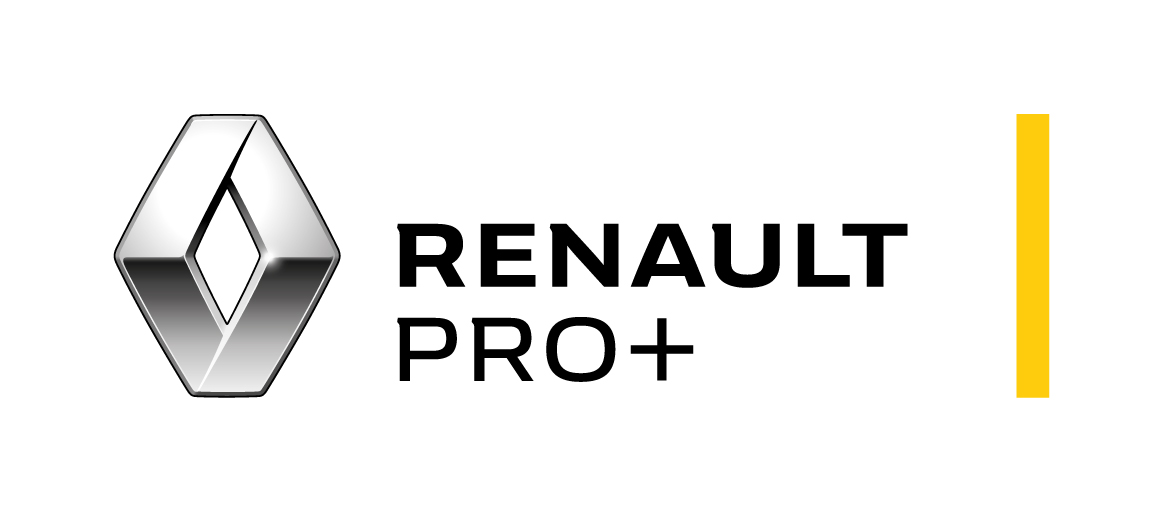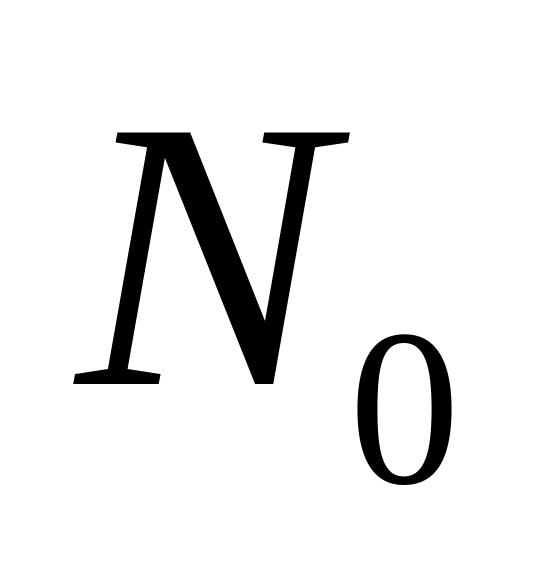EAST AFRICAN SUBMARINE CABLE SYSTEM ( EASSY) A
AFRICAN UNION UNION AFRICAINE UNIÃO AFRICANA ADDIS ABABAAFRICAN WOMEN’S DEVELOPMENT FUND FONDS DE DEVELOPPEMENT POUR
SOUTH AFRICAN NATIONAL PARKS ADDRESS PO BOX 787
1 A 07 AFRICAN AMERICAN AFFAIRS (UPDATED AUGUST 2021)
110423 INDIA PROVIDES SOFT LOANS TO WEST AFRICAN BUSINESSES
12 SPIRITUALITY IN THE AFRICAN INDEPENDENT CHURCHES DEJI AYEGBOYIN
East African Submarine Cable System ( EASSY) : a development project stuck by disagreements between the State and the operator
East African Submarine Cable System ( EASSY) : a development project stuck by disagreements between the State and the operators
1. Current situation: Africa’s weak Internet connectivity slows down its development.
There are few direct high-capacity Internet links between African countries. High-capacity transmission lines are mainly concentrated in the US, Europe and Asia.
As a result, about 75 per cent of Internet traffic in Africa first goes through Europe or the US and is then routed back, a very costly process. For example, while Benin and Burkina Faso are neighbours, Internet traffic between them passes through France or Canada.
The International Development Research Centre (IDRC) in Canada estimates that Africa spends $400 million minimum each year on the use of international bandwidth for national or regional data. In fact, in many cases, e-mails sent between two Internet service providers in the same country are sent abroad and then rerouted back because domestic “Internet exchange points” are lacking.
Africa is currently dependent on the SAT-3 cable, and on expensive satellite links, the only option in some Eastern African countries. These satellite connections have inherent delays and do not offer competitive pricing conditions,
The slow pace of Internet development on the continent is reflected in low levels of use. Only 2.6 per cent of Africans have access to the Internet, compared with 10 per cent of Asians, 36 per cent of Europeans and 69 per cent of North Americans. When broken down by country, the level of Internet use in most of Africa is even lower, since two countries, Egypt and South Africa, account for nearly half of all users.
Low-speed transmission lines also mean that Internet users in Africa find it much faster and cheaper to download material rather than to post their own onto the Internet. This leaves Africans primarily as consumers instead of producers of Web content.
2. The EASSY Project
The EASSY project consists of the construction of around 10 000 km fiber optic submarine cable along the East African coast, linking Sudan to South Africa with landing points in these countries as well as in Djibouti, Somalia, Kenya, Tanzania, Madagascar and Mozambique.
The sponsors of the project will comprise up to 28 telecommunications. These are predominantly well-established, African carriers in their home countries. There is an approximately equal mix of government-owned institutions and those which are private
The total project cost of the EASSy cable is to be financed by the SPV (West Indian Ocean Cable Company Ltd) and Consortium Operators. It is estimated at $235 million.
The International Finance Corporation, IFC (one of the World Bank branches) investment will take the form of a loan of up to US$30 million.
EASSY’s advantages:
Extra connectivity would reduce Africa’s dependence on the SAT-3 cable, and on expensive satellite links.
EASSy would provide reliable, fast, and widespread access to international communication (including Internet) and is expected to bring the costs of international telecommunications and Internet connectivity down to competitive levels that are similar to those found in other developing countries such as, for instance, India.
3. The dispute between government and operators
Some African governments, including South Africa, want the consortium to be owned by a majority of African companies and to respect regulated ie low prices EASSY’s operators if those conditions are not respected.
On the other side, the operators argue that this is an attempt to hijack an existing commercial project and make it a part of NEPAD ICT broadband Infrastructure Network. Moshen Khalil, Director for the ICT department of the World Bank Group underline following facts:
the EASSY is already a truly African initiative ( most operators are African) ;
Regulated prices were already imposed on operators as a condition to be loaned 30 millions $ by the World Bank. This was the first time the IFC has asked private companies to adopt developmental principles for financial support.
4. Conclusion
Some projects necessary the Africa’s development are being blocked by public/ private sectors disputes. Here, governments want to claim paternity for a crucial development project, although the private sector via pressures by the World Bank seems to respect all the development criteria. Meanwhile, consumers on Africa’s East Cost still pay up to 300$ a month for Internet access.
Best Practice example: By conditioning its loan to the respect of a regulated price for Internet connection, the World Bank modified the financial behaviors of giant companies that could have imposed a price due to their monopoly on the market.
12 T HE AFRICAN FINANCIAL MARKETS INITIATIVE (AFMI) MAPPING
13096_CICLO_CINE_AFRICANO
16 DOES AFRICAN “CORRUPTION” EXIST? DR WILLIAM DE MARIA
Tags: african submarine, truly african, cable, eassy), system, african, submarine
- PROYECTO FIN DE GRADO DEPARTAMENTO DE INGENIERÍA Y GESTIÓN
- UN ESTUDIO COMPARADO DEL RENDIMIENTO DE ESTUDIANTES DE INGENIERÍA
- SECTION 640 ‑ LINED DRAINAGE DITCH MAKE THE FOLLOWING
- AVCMM – BOC BALEAR (ASOCIACIÓN DE COTOS DE CAZA
- THE CREDIT CARD MARKET IN MAINLAND CHINA BILLION
- NUMER SPRAWY ZP202020 ZAŁĄCZNIK NR 3 DO SIWZ WZÓR
- BUKU SAKU PENGGUNAAN APLIKASI KAS NON TUNAI PETUNJUK TEKNIS
- OCT 2016HT REFERENCING GUIDELINES MHRA IS THE PREFERRED HOUSE
- 19779 VERSION 2 PAGE 4 OF 4 OPERATE UNDER
- KEPUTUSAN MENTERI KESEHATAN REPUBLIK INDONESIA NOMOR 1239MENKESSKXI2001 TENTANG REGISTRASI
- T ABSTRACT PAGE ITLE OF THE ARTICLE (ENGLISH) ABSTRACT
- HTTPWWWWEBCONFSCOM HALI SIKMA MAKINASI GENEL BILGILER HALI SIKMA MAKINASI
- UNIVERSITAT DE LES ILLES BALEARS VICERECTORAT DE RELACIONS EXTERIORS
- 4 KOP SURAT SEKOLAH KEPUTUSAN PPID SDSMP……… NOMOR
- VERSION NO 035 FLORA AND FAUNA GUARANTEE ACT 1988
- PORTS OF AUCKLAND LIMITED CRANE OPERATIONS VERSION 71 JUNE
- GALERIA SZTUKI WSPÓŁCZESNEJ BWA KATOWICE PROJEKT SZTUKA W PRZESTRZENI
- PAGE 3 THE FIVEMINUTE PERSONALITY CAR TEST ADAPTED BY
- ASUNTO CONTRATACIÓN DEL SERVICIO DE MANTENIMIENTO DE PARQUES Y
- Ñ PARTES DEL TECLADO TECLAS DE FUNCIÒN LAS TECLAS
- CHAPTER 1 DEFINITIONS OF CONCEPTS FOR THE PERCEPTIONS OF
- J AJUNTAMENT D’ESPARREGUERA MTACTA PLE 1010 16092010 SESSIÓ ORDINÀRIA
- CONSEJO NACIONAL DEL EMPLEO LA PRODUCTIVIDAD Y EL SALARIO
- INFORMATIKA TANMENET 6 OSZTÁLY (37 ÓRA) I INFORMATIKAI ESZKÖZÖK
- 2018 AÑO DEL CENTENARIO DEL NATALICIO DE JOSÉ FUENTES
- LA ALCALDESA HA RECIBIDO A JOSÉ MARÍA CASTAÑO HERVÁS
- MÄSSAV PLANEET I OSA MÄSSAV PLANEET 1 PEATÜKK TAEVAD
- PLAN ANTICORRUPCION Y DE ATENCION AL CIUDADANO PUBLICADO EN
- FEEDER ADJUSTMENTS DETERMINE FARM PROTOCOLS TO CHECK AND
- HINWEISE FÜR ELTERN ERZIEHERINNEN UND ERZIEHER SOWIE FÜR AUSSERSCHULISCHE
DECRETO 1808 DE 1990 (AGOSTO 6) DIARIO OFICIAL NO
 COMUNICADO DE PRENSA 18 DE ABRIL DE 2016 RENAULT
COMUNICADO DE PRENSA 18 DE ABRIL DE 2016 RENAULTEMCSINTERFESZSPECIFIKÁCIÓV20SZABÁLYOK KÓD SZABÁLY LEÍRÁSA ALKALMAZÁSI HELY BR023 AZ ÁTVÉTELI
RAUMFAHRT UND IHRE ZIELE IM 20 JAHRHUNDERT UNTER
 RAZONAMIENTO MATEMÁTICO 2DO DE SECUNDARIA SUCESIONES NOCIÓN DE
RAZONAMIENTO MATEMÁTICO 2DO DE SECUNDARIA SUCESIONES NOCIÓN DE5188 SAYILI ÖZEL GÜVENLİK HİZMETLERİNE DAİR KANUNA GÖRE ÖZEL
 EL PEQUEÑO CONEJO BLANCO PARA MIGUEL Y DIEGO Y
EL PEQUEÑO CONEJO BLANCO PARA MIGUEL Y DIEGO Y UNIVERSIDADE DO VALE DO RIO DOS SINOS CIÊNCIAS EXATAS
UNIVERSIDADE DO VALE DO RIO DOS SINOS CIÊNCIAS EXATASREQUEST BOARD APPROVAL TO CONDUCT A PUBLIC HEARING AND
 1 CELÉ ČÍSLA V ŽIVOTE SA S CELÝMI ČÍSLAMI
1 CELÉ ČÍSLA V ŽIVOTE SA S CELÝMI ČÍSLAMI……………………………………………… ………………… ( WNIOSKODAWCA – WŁAŚCIWY ZARZĄDCA DROGI )
ŠTEVILKA 00701420157 LJUBLJANA DNE 22052015 EVA 201519110002 GENERALNI SEKRETARIAT
 DECISION RELATING TO A REQUEST FOR THE MAKING OF
DECISION RELATING TO A REQUEST FOR THE MAKING OFORNITHOLOGY TERM PAPER NAME TITLE CATEGORY EARNED POSSIBLE POINTS
WTMIN(99)ST31 PÁGINA 0 ORGANIZACIÓN MUNDIAL DEL COMERCIO WTMIN(99)ST31 1°
 UCL INSTITUTE OF EDUCATION (IOE) APPLICATION FOR UNPAID LEAVE
UCL INSTITUTE OF EDUCATION (IOE) APPLICATION FOR UNPAID LEAVE PUBLICADO EN EL DOF 23 DE DICIEMBRE DE 1996
PUBLICADO EN EL DOF 23 DE DICIEMBRE DE 1996KAMU PERSONELİNE MAHSUS YÜKLENME SENEDİ VE MUTEBER İMZALI MÜTESELSİL
 TEORIA DI BOHR QUESTA TEORIA MODIFICA LA TEORIA DI
TEORIA DI BOHR QUESTA TEORIA MODIFICA LA TEORIA DI48TH ANNUAL INTERSCIENCE CONFERENCE ON ANTIMICROBIAL AGENTS AND CHEMOTHERAPY